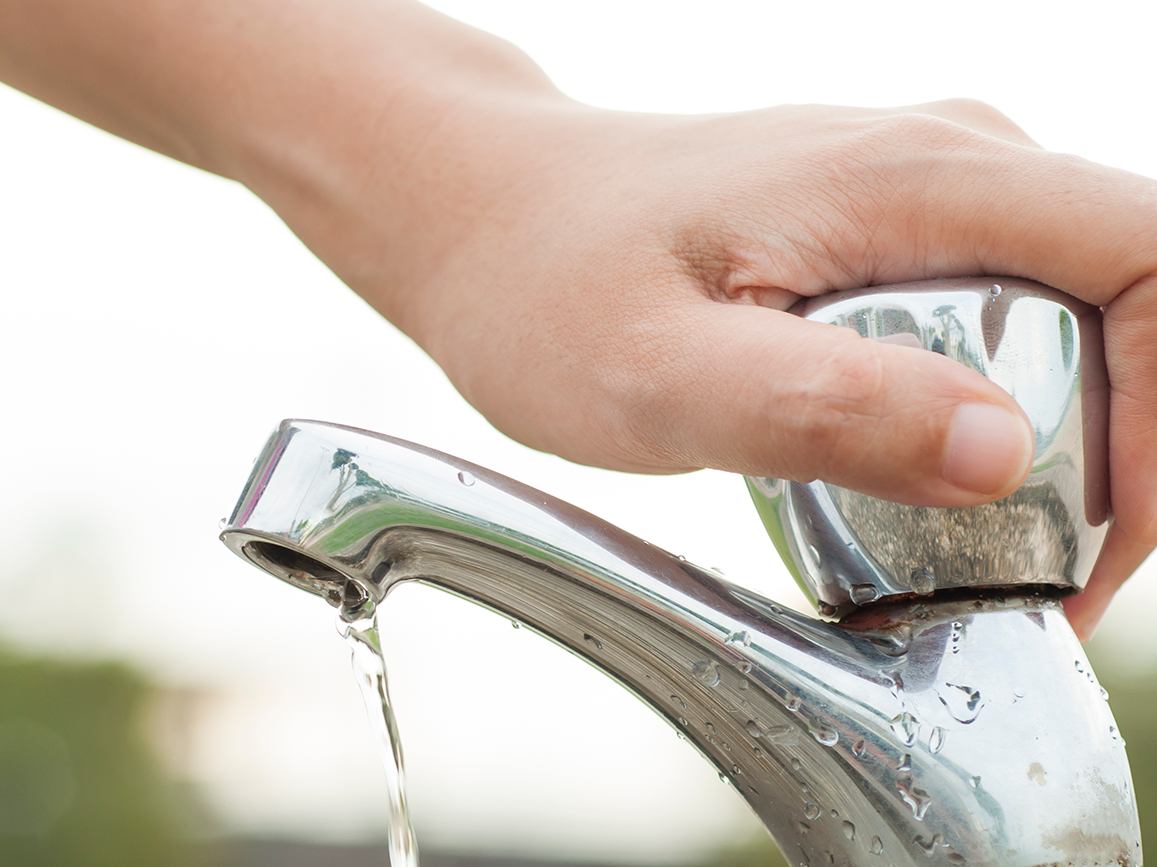Commissioned by industry bodies representing construction firms, housing associations, and the NI Chamber of Commerce, the study proposes a new infrastructure levy to fund urgent upgrades.
The report argues that coupling this rate rise with increased borrowing by NI Water would help tackle the longstanding underinvestment in water and wastewater systems. Northern Ireland faces serious constraints in water and sewage capacity, which are hindering new housing developments and contributing to environmental damage through pollution.
Unlike other parts of the UK, households in Northern Ireland do not pay directly for water. Instead, NI Water is publicly funded through a government subsidy that costs the Stormont Executive over £300 million annually – diverting vital resources from other areas of spending.
The proposed levy would essentially reintroduce a link between household rates and water infrastructure, which was removed in 1998. According to the report, this model would preserve public ownership of NI Water, allow for long-term investment, and reduce pressure on the Executive’s limited budget. It also suggests the levy could be reduced once critical infrastructure upgrades are completed.
However, Infrastructure Minister Liz Kimmins has expressed caution. While open to new ideas, she emphasised the need to avoid increasing financial strain on households. A consultation by her department is also exploring whether developers should contribute to a wastewater infrastructure fund. A second proposal would allow for voluntary developer payments, though Kimmins acknowledged this alone wouldn’t resolve the issue.
The NI Fiscal Council recently warned that such a developer levy would raise limited funds, calling instead for a broader approach involving rates or direct charges. The consultation closes this Friday.















